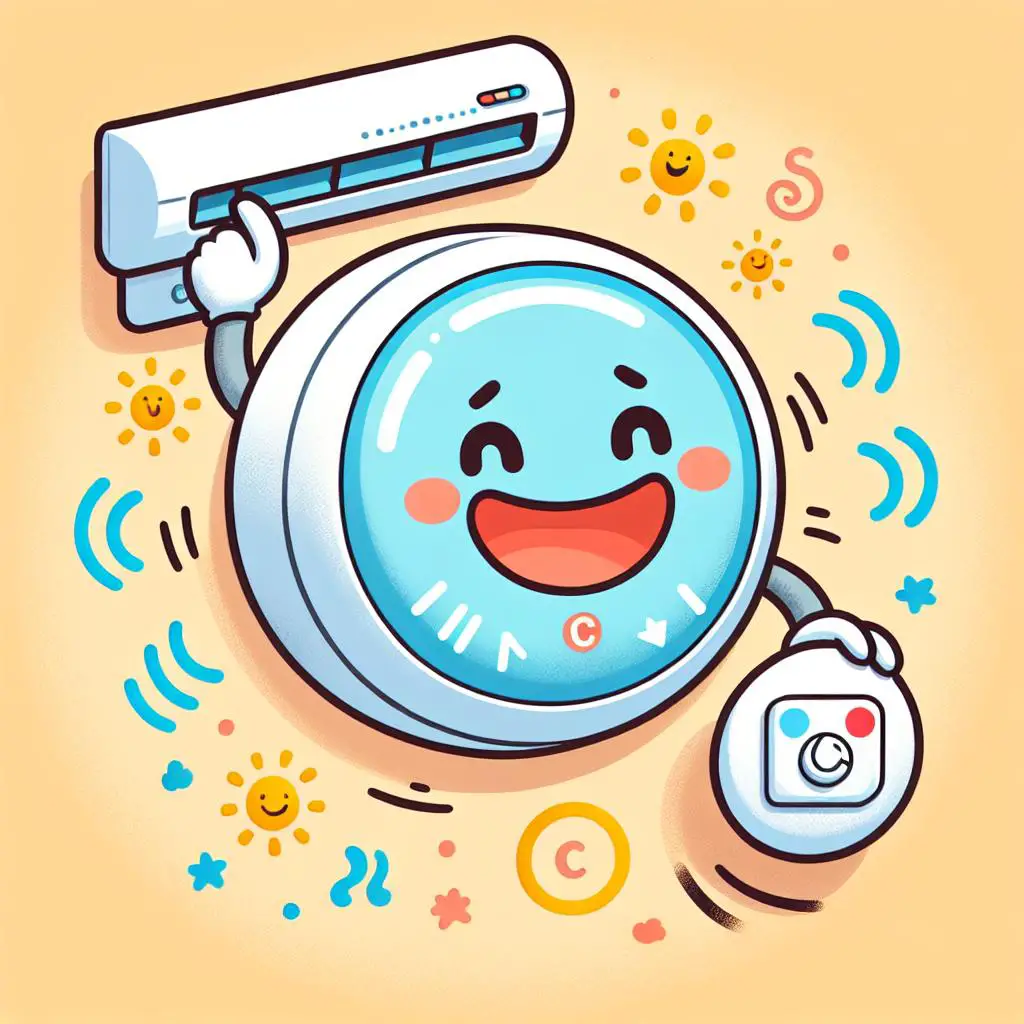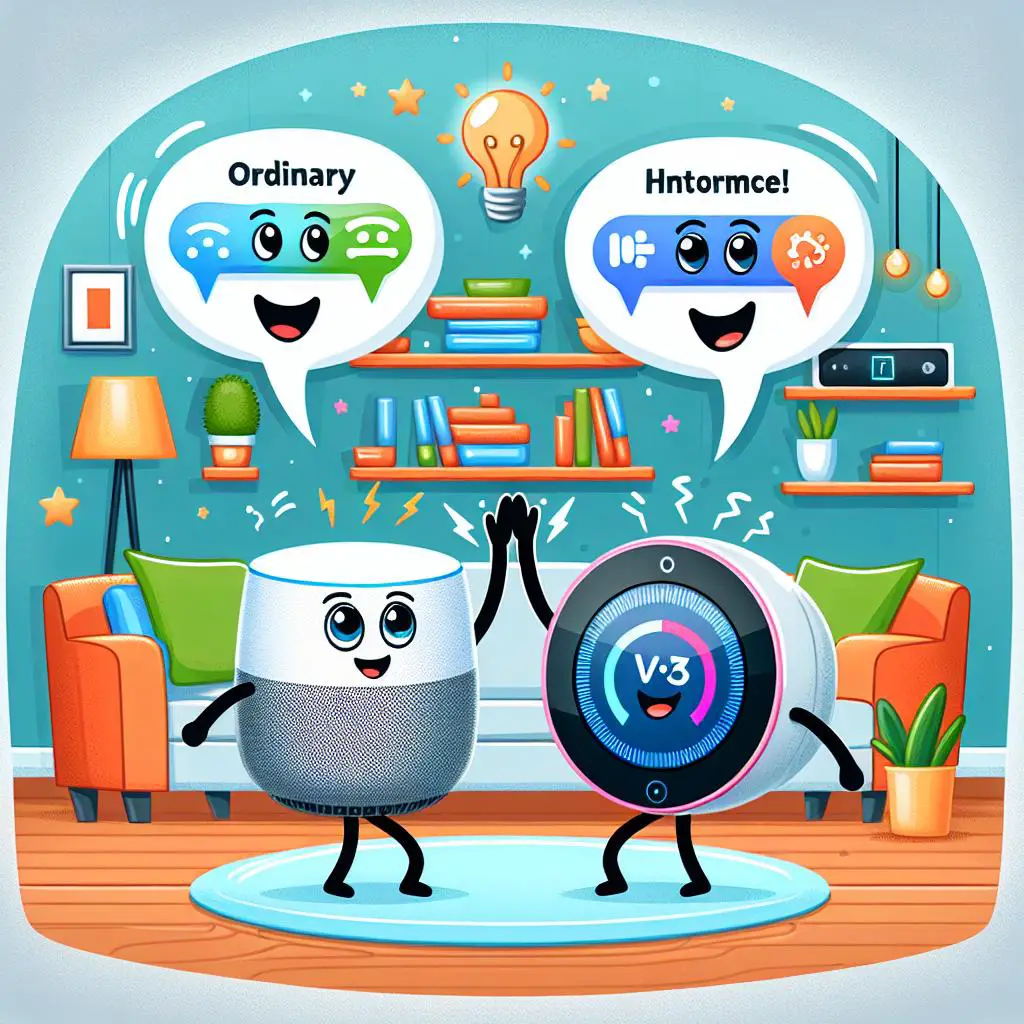Are you having trouble with your Nest thermostat quickly switching from heating to cooling and back again? Are you worried about the cost of running your air conditioner more than it needs to and looking for a solution? If so, then this blog post is for you. We’ll discuss why your Nest thermostat might be turning the AC on and off frequently as well as some tips on how to prevent it.
1. Check if the Thermostat is Calibrated
Before checking if the thermostat is calibrated, it’s important to consult the owner’s manual to find out what periodic maintenance the manufacturer recommends. In some cases, recalibrating the thermostat can help. This can be done differently depending on what type of thermostat you have, such as a mercury or digital model. If your thermostat is malfunctioning or going out of service, you should also check if dirt or bumps have caused it to lose its calibration. However, if your thermostat is completely broken, recalibration won’t help and you’ll need to replace it.
2. Determine if it’s the AC Unit or the Nest
The next step is to determine whether it’s the AC unit or the Nest thermostat that is causing the issue. To do this, you can turn off power to your system at the fuse box or system switch, and then try to use the AC. If it still turns on and off, then it may be a problem with your Nest thermostat. Check for any spare wires at the thermostat, and if there are none, you can use the Nest Power Connector to make a C wire. If you have Auto-Away enabled, make sure that this feature is set up properly so that your Nest thermostat is using the motion sensor to detect when you’re home or not. Lastly, check that your home/away settings are configured correctly.
3. Enable Geofencing Feature
3. Enable Geofencing Feature – You can enable your thermostat’s geofencing feature, so that your smart thermostat uses your phone’s GPS to see if you’re home or not. Nest calls its geofencing “Home/Away Assist”, a clunky name that’s meant to invoke a certain level of intelligence in your Nest-brand devices. When this feature is enabled, your thermostat will get your location from your phone and adjust the temperature when you’re coming and going. Investing in a smart air conditioner controller ensures constant temperature throughout, as the geofencing feature turns off the AC once you leave the house. This feature has made the Nest one of the best smart thermostats around, so it’s worth exploring if you’re trying to save energy and money. Joe turns on geofencing in the Sensi app on his phone, so regardless of whether Jane is home or not, when Joe leaves, the thermostat sets back 3 degrees.
4. Try Old Thermostat
If the problems persist, it may be time to try reconnecting the old thermostat back. This will help you identify if the issue is with the Nest or with the AC unit itself. You’ll want to make sure that all wires are properly reconnected and that power is switched off at the circuit breaker before attempting this. It’s also important to make sure that all settings in the old thermostat are reset and configured correctly. If everything works as expected after reconnecting the old thermostat, it’s likely that there’s an issue with your Nest thermostat and you’ll need to investigate further.
5. Adjust Home/Away Settings
You might also want to adjust your Nest thermostat’s Home/Away settings. Enabling geolocation in a thermostat’s settings lets the device know when you are home or away, to automatically adjust your HVAC and save energy. You can also manually set the temperatures when you leave and when you get home. Nest’s Auto-Away and manual Away modes will both turn off your system until your home reaches a minimum or maximum temperature that you choose during setup, so it’s worth exploring these options as well.
6. Check Voltage in Battery
After ensuring the thermostat and AC unit are working properly, it’s important to check the voltage in the battery. Low voltage can cause the Nest Thermostat to turn on and off randomly. To do this, you’ll need a voltmeter to measure the voltage of your Nest Thermostat’s battery. A low voltage reading can indicate that it’s time to change your battery. If the voltage is too low, it might be time to replace it with a new one.
7. Check Structural or Mechanical Issues
If your Nest thermostat is continuing to turn your AC on and off, it could be due to structural or mechanical issues. In this case, you’ll need to contact an AC repair expert to diagnose and fix the problem. Wiring issues can also be a common cause of this issue, so it’s important to check for any loose or frayed wires. Additionally, make sure that the thermostat is installed in an interior wall of a room that is often used, as this will help ensure that it can accurately detect the temperature of your home. Finally, if you have an older model of thermostat, you may want to try switching back to that model and see if the issue persists.
8. Ensure Proper Wiring
7. Check Structural or Mechanical Issues: It’s important to check the structural or mechanical issues that can cause your Nest thermostat to turn on and off. Make sure the float switch is installed correctly and there is no clog in the line. It’s also important to check the wiring system, as old or wrong wiring can be a major cause of AC cycling on and off. Ensure that all the wires are correctly connected and none of the insulation has been damaged. Remove 1/8 inch insulation from the tip of each wire and check the HVAC contactor for proper connection. If your Nest thermostat is unable to turn on the A/C immediately upon installation, incorrect wiring is extremely likely to be the cause.
8. Ensure Proper Wiring: To ensure proper wiring, refer to the wiring diagrams specific to your system (heat pumps, multi-speed fans, etc.). Nest Thermostats use solid state switching instead of relays, so it’s time to turn the AC power back on and reconnect it at your furnace/air handler control board, verifying correct wiring along the way. Low batteries in your Nest thermostat can also cause it to act up, so it’s important to check its voltage level as well.
9. Check Air Conditioner for Proper Fan Intervals
After checking the thermostat, AC unit, geofencing feature, old thermostat, home/away settings, voltage in battery and wiring, it is important to make sure your air conditioner is running properly. The fan should turn on and off at intervals when the AC is in auto mode. If you notice that the fan is running constantly, this could be an indication that the system is not sized correctly or not energy-efficient. To ensure your air conditioner is running smoothly, you may want to consider adjusting the fan control in heat mode or updating firmware and software.
10. Update Firmware and Software
In addition to the steps mentioned above, it is also important to ensure that your Nest Thermostat is running the most recent firmware and software version. If you have an older model, the latest update may address many of the issues you are currently experiencing. To check for available updates, go to the Nest app and select “Settings” and then “Software Update”. Follow the instructions given to install any necessary updates.


